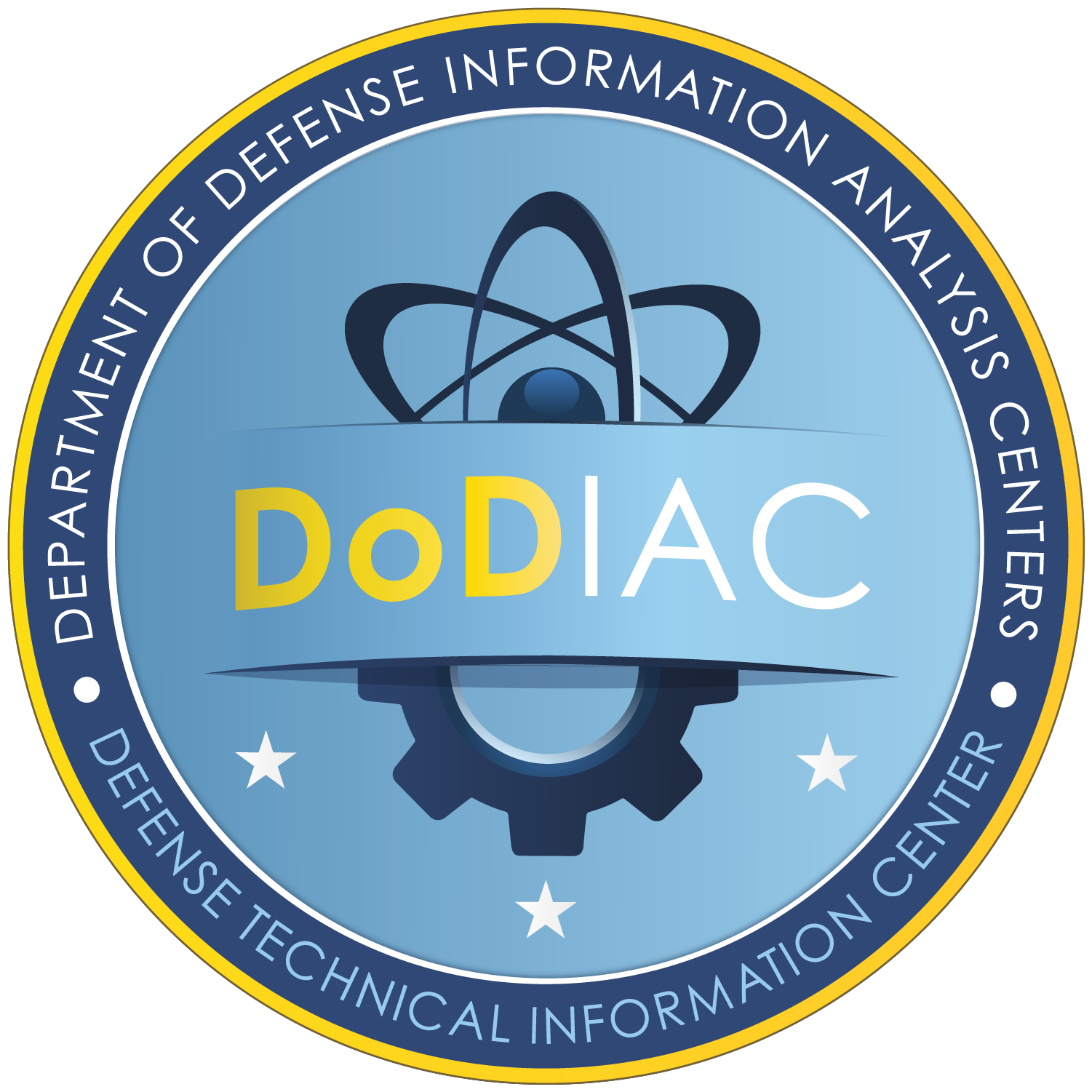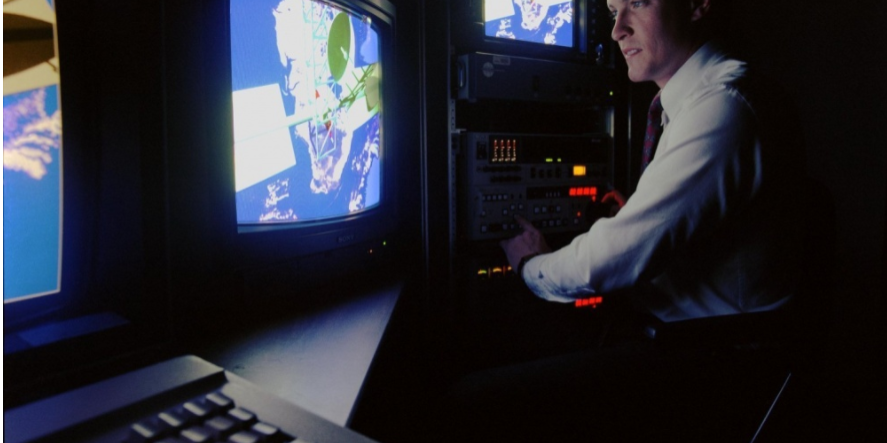Conclusion
We believe that the approaches proposed in this text provide a valuable starting framework and a set of general guidelines for more effective design and deployment of computer-supported training solutions not only in USMC but also in other services and DoD in general. Some approaches that we discussed in this text support long-term processes that extend well beyond the cessation of initial project activities. The long-term benefits of efforts directed towards promoting system self-sustainability, interoperability and on-going improvements, are even more important in situation where funding for research activities and development of training solutions is increasingly limited. We hope is that our suggestions can serve as a catalyst in a discussion organized by all parties who have vested interests in the domain of military training.
Acknowledgements
The authors would like to acknowledge our project sponsors and many USMC units who volunteered their time to participate in our user studies. The opinions expressed here are those of the authors and do not necessarily reflect the views of the sponsors, the USMC or the Department of Defense.
The Defense Office of Prepublication and Security Review (DOPSR) has reviewed/cleared this document for public release (Case No. 16-S-1860).
References
- Naval Science & Technology Strategic Plan, Office of Naval Research (ONR), Sep 2011.
- Marine Corps Science & Technology Strategic Plan, Jan 2012.
- Sadagic, A., Welch, G., Basu, C., Darken, C., Kumar, R., Fuchs, H., Cheng, H., Frahm, J.M., Kolsch, M., Rowe, N., Towles, H., Wachs, J., and Lastra, A. (2009). New Generation of Instrumented Ranges: Enabling Automated Performance Analysis. Proceedings of 2009 Interservice/Industry Training, Simulation, and Education Conference (I/ITSEC-2009), Orlando, FL.
- Yates, F. A. (2013). Diffusion and Large-scale Adoption of Computer-supported Training Simulations in the Military Domain (NPS Master Thesis) Sep 2013. Available from NPS Calhoun database.
- Sadagic, A. and Yates, F. (2015). Large Scale Adoption of Training Simulations: Are We There Yet? I/ITSEC 2015 conference, Nov 30th-Dec 4th 2015, Orlando, FL
- DoDI 5000.61 (2009). DoD Modeling and Simulation (M&S) Verification, Validation, and Accreditation (VV&A)
- Sadagic, A., and Darken, R. (2006). Combined Arms Training: Methods and Measures for a Changing World, NATO workshop Virtual Media for Military Applications, US Military Academy, West Point, NY, 13-15 June 2006.
- Zachary, W., Hoffman, R. R., Neville, K., and Fowlkes, J. (2007), Human Total Cost of Ownership: The Penny Foolish Principle at Work, IEEE Intelligent Systems, March/April 2007.
- CJCSI 3170.01H, Joint Capabilities Integration And Development System
- MCO 1553.3A, Marine Corps Order 1553.3A
- Davis, F. D. (1989). Perceived usefulness, perceived ease of use, and user acceptance of information technology. MIS Quarterly, Volume 13 Issue 3, p. 319–339
- Rogers, E. M. (1995). Diffusion of Innovations. New York, NY: Free Press, 4th edition


